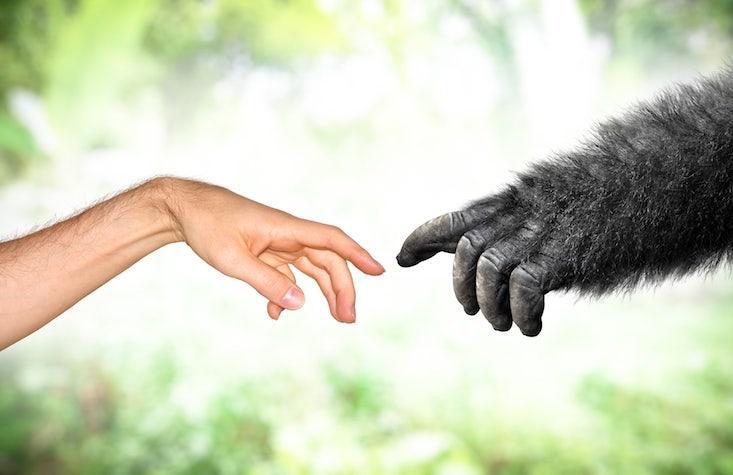Though sharing 99% of our DNA with primate relatives, humans stand out as considerably fatter. While contemporary factors like unhealthy eating habits and sedentary lifestyles are often blamed, the roots of human fatness extend back through evolution. Unraveling the arrangement of DNA in our fat cells provides crucial insights into this enduring evolutionary puzzle.
In the realm of body fat, even a highly trained athlete is a “reservoir of fat” compared to our primate relatives. While other primates boast less than 9% body fat, healthy humans range from 14% to 31%. Biologist Davy Swain-Lenz from Duke University highlights, “We are fat primates.”
Researchers delved into the fat cells of humans, chimpanzees, and more distant relatives like rhesus macaques. Using the molecular biology technique ATAC-seq, they scrutinized the differences in how the DNA molecule is arranged in cells across species. White fat cells, notorious for causing obesity, store calories in the form of adipose tissue. Additionally, there’s brown fat, easily burnable by the body. Interestingly, the human genome section responsible for transforming white fat cells into brown is intricately coiled in our cell nucleus, unlike in chimpanzees.
The divergence in the evolutionary path of humans and chimpanzees, about six to eight million years ago, marked a significant turning point. During this period, the human brain’s volume tripled, making it a higher energy consumer than other tissues. The preference for storing calorie-laden white fat would have provided our ancestors with enhanced survival advantages over readily expendable brown fat.
In a study published in June 2019 in the journal “Genome Biology and Evolution,” researchers envision the potential defeat of obesity in non-human primates by activating the active genome regions.










